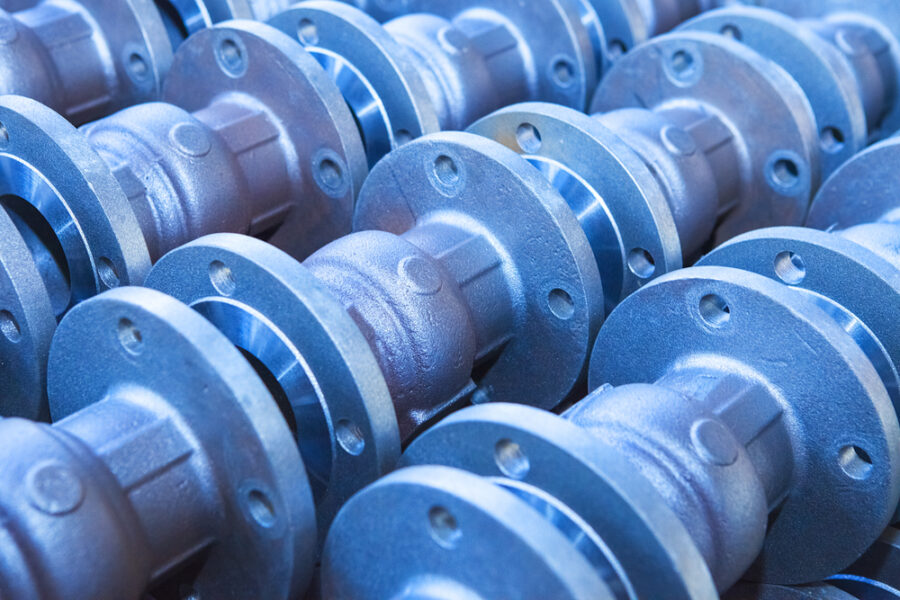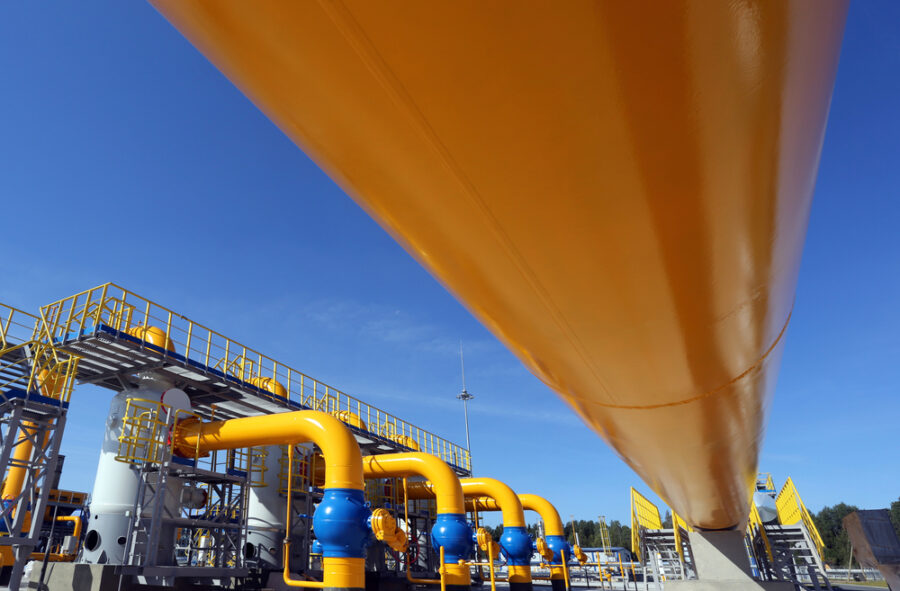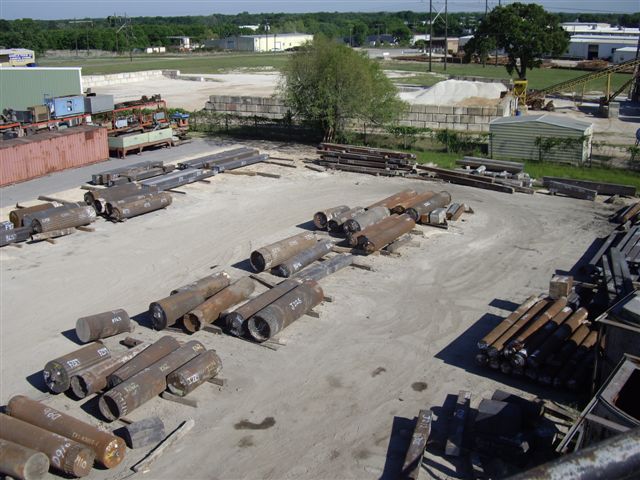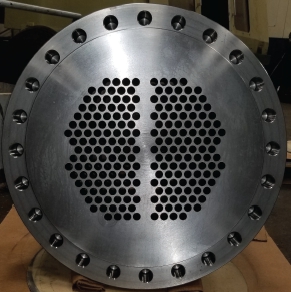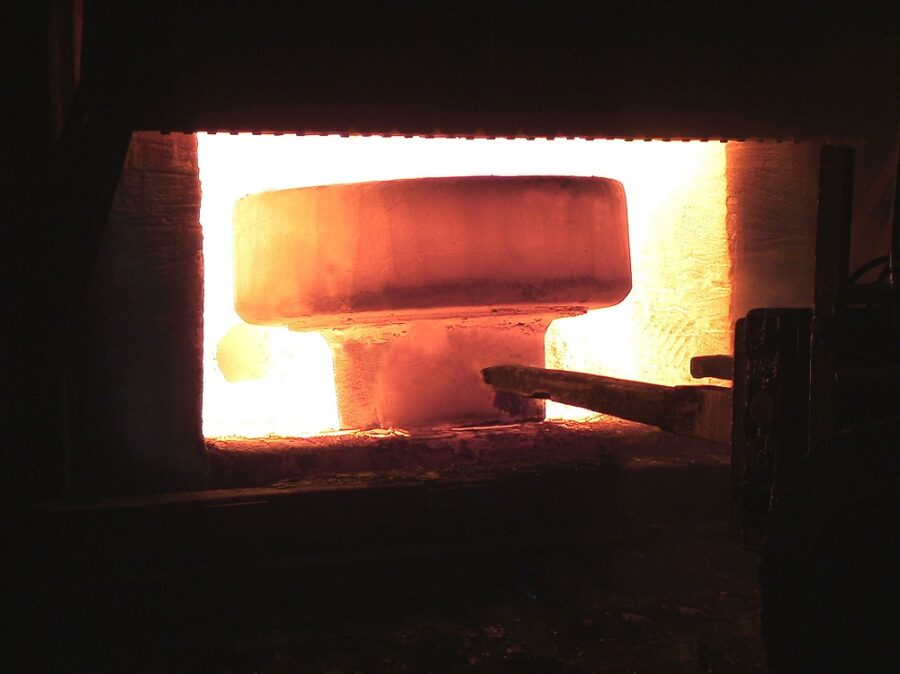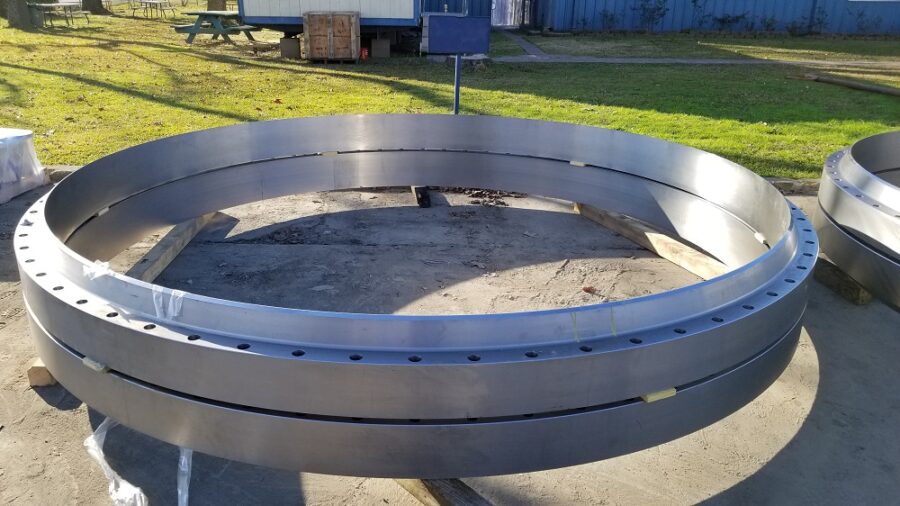3 Uses of Seamless Rolled Ring Forging
Seamless rolled ring forging is superior to the other methods of producing ring structures from metal. Seamless rolled ring forging creates stronger ring shapes because they gain circumferential grain structures. Whether this occurs through a ring rolling mill or via an open die forging using forging hammers, the result is the same round, extremely durable, seamless rings that may not …


